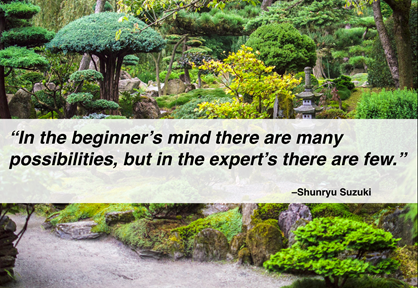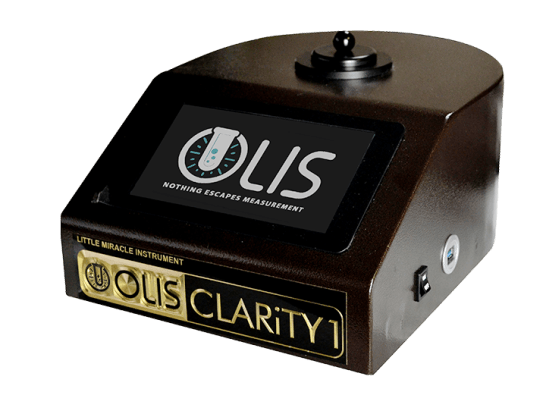Get This Report about Uv/vis
Get This Report about Uv/vis
Blog Article
The Main Principles Of Circularly Polarized Luminescence
Table of ContentsA Biased View of Circular DichroismThe smart Trick of Circular Dichroism That Nobody is DiscussingThe 2-Minute Rule for Circular DichroismThe Single Strategy To Use For Circular DichroismCircular Dichroism - The Facts

Spectrophotometry is a tool that hinges on the quantitative analysis of molecules depending on how much light is absorbed by colored compounds.
All About Circularly Polarized Luminescence
A spectrophotometer is frequently used for the measurement of transmittance or reflectance of options, transparent or nontransparent solids, such as refined glass, or gases. Although many biochemicals are colored, as in, they absorb noticeable light and therefore can be measured by colorimetric procedures, even colorless biochemicals can often be transformed to colored compounds suitable for chromogenic color-forming reactions to yield compounds ideal for colorimetric analysis.: 65 However, they can also be created to measure the diffusivity on any of the noted light ranges that generally cover around 2002500 nm utilizing different controls and calibrations.
An example of an experiment in which spectrophotometry is utilized is the decision of the equilibrium constant of a solution. A particular chain reaction within an option may take place in a forward and reverse direction, where reactants form products and items break down into reactants. At some point, this chain reaction will reach a point of balance called a stability point.
The 15-Second Trick For Circular Dichroism
The amount of light that goes through the solution is a sign of the concentration of specific chemicals that do not permit light to travel through. The absorption of light is because of the interaction of light with the electronic and vibrational modes of particles. Each kind of molecule has an individual set of energy levels connected with the makeup of its chemical bonds and nuclei and thus will absorb light of specific wavelengths, or energies, resulting in distinct spectral properties.
The use of spectrophotometers spans numerous scientific fields, such as physics, materials science, chemistry, biochemistry. UV/Vis/NIR, chemical engineering, and molecular biology. They are extensively utilized in numerous industries consisting of semiconductors, laser and optical production, printing and forensic examination, as well as in labs for the study of chemical substances. Spectrophotometry is typically used in measurements of enzyme activities, determinations of protein concentrations, decisions of enzymatic kinetic constants, and measurements of ligand binding reactions.: 65 Eventually, a spectrophotometer is able to figure out, depending on the control or calibration, what compounds exist in a target and exactly just how much through calculations of observed wavelengths.
This would come as an option to the formerly produced spectrophotometers which were not able to absorb the ultraviolet correctly.
10 Easy Facts About Uv/vis Explained
It would be discovered that this did not provide acceptable outcomes, therefore in Design B, there was a shift from a glass to a quartz prism which enabled much better absorbance results - UV/Vis (https://www.bark.com/en/us/company/olis-clarity/96z8l/). From there, Model C was born with an adjustment to the wavelength resolution which ended up having three units of it produced
It irradiates the sample with polychromatic light which the sample absorbs depending upon its homes. Then it is transmitted click to read more back by grating the photodiode selection which finds the wavelength area of the spectrum. Given that then, the production and implementation of spectrophotometry devices has actually increased immensely and has actually ended up being one of the most ingenious instruments of our time.

Uv/vis/nir Fundamentals Explained
The grating can either be movable or fixed.
In such systems, the grating is fixed and the intensity of each wavelength of light is determined by a various detector in the variety. When making transmission measurements, the spectrophotometer quantitatively compares the fraction of light that passes through a reference option and a test service, then digitally compares the strengths of the two signals and computes the portion of transmission of the sample compared to the recommendation standard.

Report this page